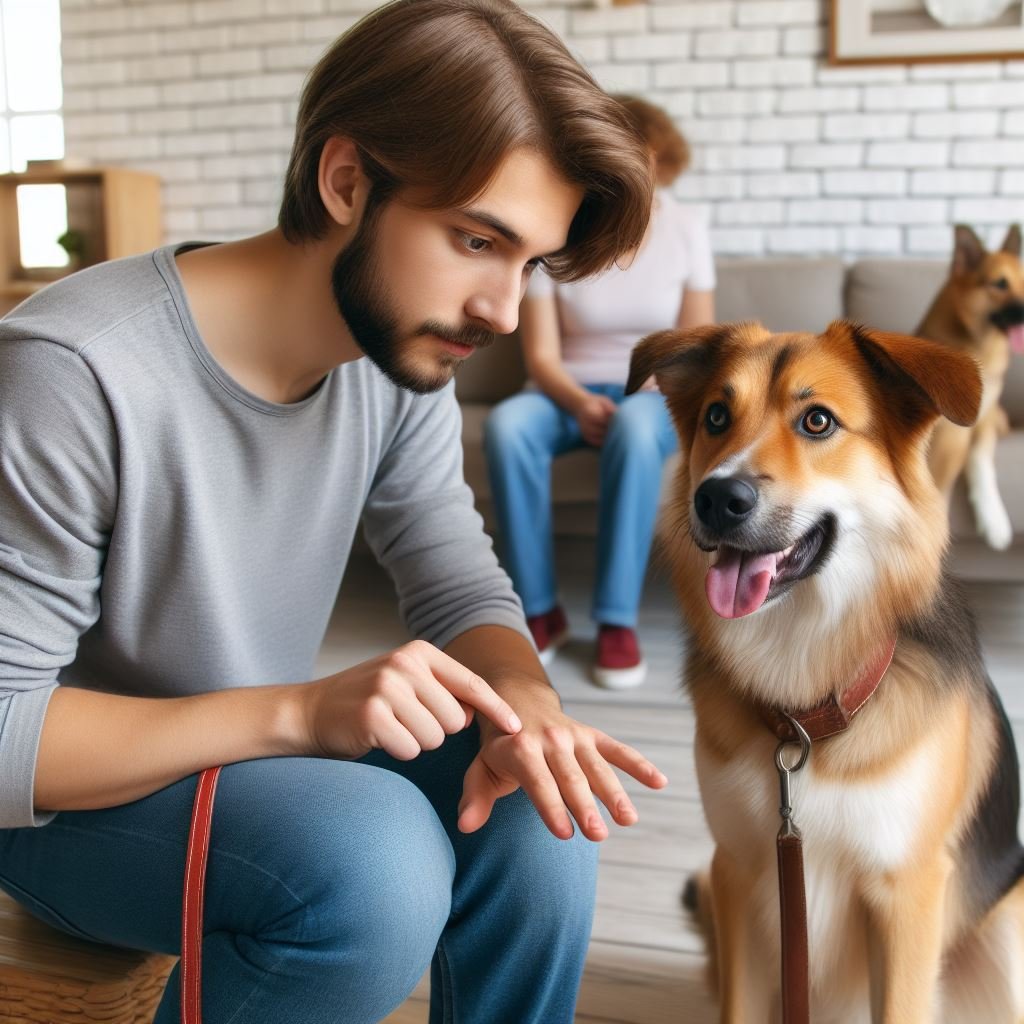Aggression in dogs can be a concerning behavior for pet owners. Understanding the common triggers that lead to aggression is key to preventing potentially dangerous situations. In this article, we will delve deeper into the various triggers that can cause dogs to become aggressive and provide tips on how to avoid them.

Fear
Fear is one of the most common triggers for dog aggression. Dogs may become aggressive when they feel threatened or scared. It’s important to recognize the signs of fear in dogs, such as cowering, trembling, or attempting to hide. If your dog shows signs of fear, it’s essential to remove them from the situation causing the fear and provide them with a safe and calm environment.
Resource Guarding
Another trigger for aggression in dogs is resource guarding. This occurs when a dog feels the need to protect their possessions, such as food, toys, or even their favorite spot on the couch. To prevent resource guarding, it’s important to establish a clear hierarchy in your home and teach your dog that you are the provider of all resources. Gradually introduce new people or animals to your dog’s space and monitor their behavior closely.
Leash Reactivity
Leash reactivity is a common trigger for aggression that many dog owners face. Dogs may become aggressive when they feel restrained or threatened while on a leash. To prevent leash reactivity, it’s important to provide proper leash training and socialization from an early age. Gradually expose your dog to different environments, people, and other animals while on a leash, rewarding them for calm and non-reactive behavior.
Identifying Triggers
Recognizing the triggers that lead to aggression in your dog is crucial for prevention. Take note of situations or stimuli that cause your dog to become aggressive, such as loud noises, unfamiliar people, or other animals. By identifying these triggers, you can take proactive steps to avoid or manage them.
Preventing Aggression
Preventing aggression in dogs requires a combination of training, socialization, and creating a safe environment. Here are some strategies to help prevent aggression:
- Provide proper socialization from an early age, exposing your dog to different people, animals, and environments.
- Establish clear rules and boundaries in your home, teaching your dog basic obedience commands.
- Use positive reinforcement techniques to reward calm and non-aggressive behavior.
- Avoid situations that may trigger aggression, such as crowded places or interactions with unfamiliar dogs.
- Consult with a professional dog trainer or behaviorist for guidance and support.
Remember, aggression in dogs should never be ignored or taken lightly. If you are concerned about your dog’s aggressive behavior, it’s important to seek professional help to address the issue effectively and ensure the safety of both your dog and those around them.
In conclusion, understanding the common triggers for dog aggression and taking proactive steps to prevent them is essential for responsible pet ownership. By providing a safe and nurturing environment for your dog, you can help them lead a happy and non-aggressive life.
- Scent Games for Smart Dogs: Unleash Their Hidden Talent!Introduction to Scent Games The concept of scent games revolves around leveraging dogs’ natural sniffing abilities, which are intrinsic to their character as scent-oriented animals. These activities are not only beneficial for purebred dogs but can also be valuable for mixed breeds and rescue dogs. By engaging in scent games, dogs utilize their keen sense… Read more: Scent Games for Smart Dogs: Unleash Their Hidden Talent!
- Mastering the Art of Fur Care: Top Tips for Pet GroomingIntroduction to Pet Grooming Pet grooming plays a pivotal role in ensuring the health and well-being of our furry companions. Regular grooming is essential not only for maintaining hygiene but also for the overall health of pets. It fosters a routine that can help detect potential health issues before they escalate, such as skin infections,… Read more: Mastering the Art of Fur Care: Top Tips for Pet Grooming
- Common Pet Health Issues: What Every Pet Owner Should KnowIntroduction to Pet Health Maintaining the health of pets is a fundamental responsibility for any pet owner, as the overall well-being of our furry companions relies heavily on the care they receive. Just like humans, pets require regular check-ups, vaccinations, and a balanced diet to thrive. It is crucial for pet owners to recognize that… Read more: Common Pet Health Issues: What Every Pet Owner Should Know
- House Training 101: How to Potty Train Your Puppy or KittenIntroduction to House Training House training is an essential aspect of pet ownership that involves teaching your puppy or kitten to eliminate waste in designated areas. Proper house training not only aids in maintaining a clean living environment but also fosters a strong bond between pet and owner. It is a foundational skill that promotes… Read more: House Training 101: How to Potty Train Your Puppy or Kitten
- The Ultimate Guide to Pet Nutrition: What to Feed Your DogUnderstanding Your Dog’s Nutritional Needs Understanding your dog’s nutritional needs is fundamental to ensuring its health and well-being. Like humans, dogs require a balanced diet consisting of various macronutrients and micronutrients to thrive. The primary macronutrients are proteins, fats, and carbohydrates, each serving vital roles in a dog’s diet. Proteins are essential for growth, maintenance,… Read more: The Ultimate Guide to Pet Nutrition: What to Feed Your Dog
